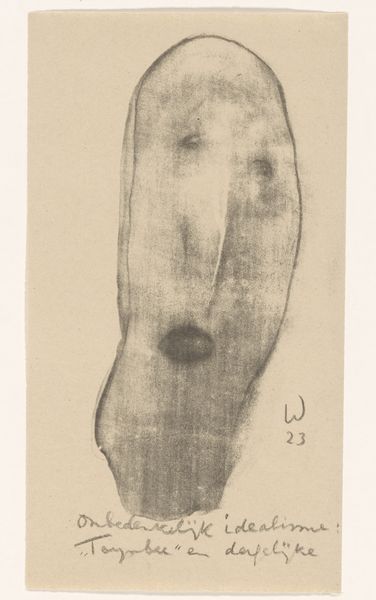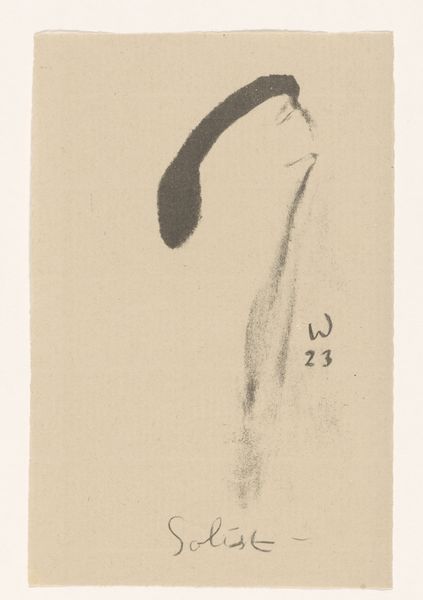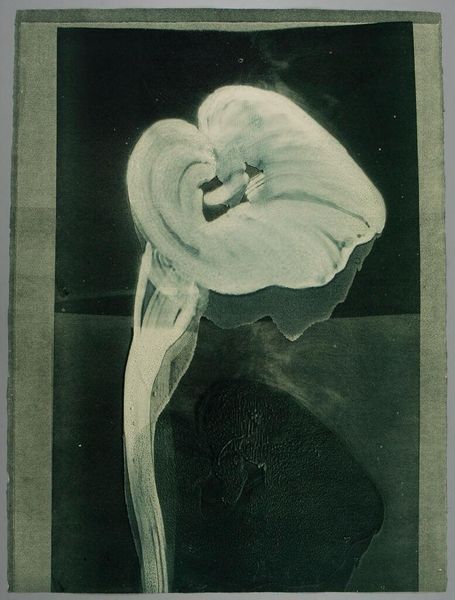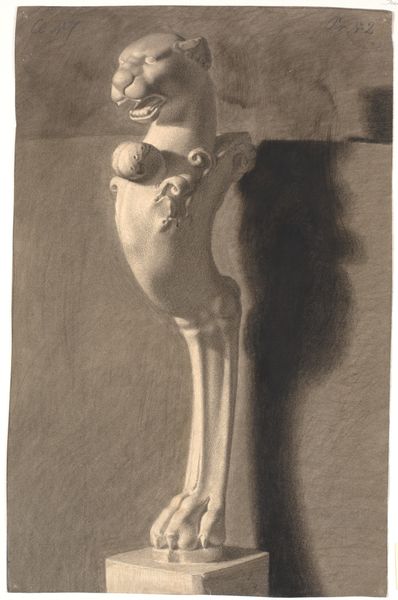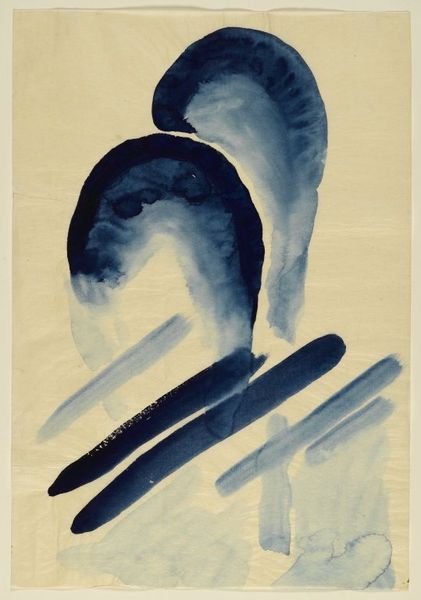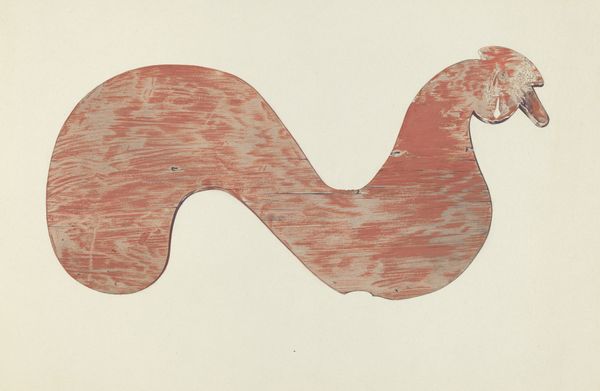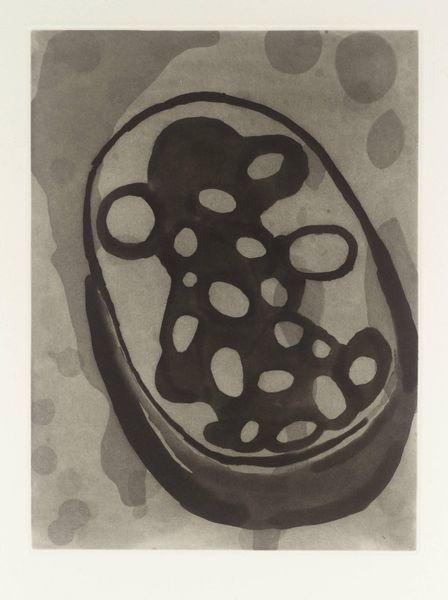
photography, gelatin-silver-print
#
still-life-photography
#
appropriation
#
figuration
#
photography
#
gelatin-silver-print
#
monochrome
Dimensions: sheet: 90.6 x 35 cm (35 11/16 x 13 3/4 in.)
Copyright: National Gallery of Art: CC0 1.0
Editor: This is an arresting photograph, "Cryogenic Section of a Cadaver," dating from the 1940s. It's a gelatin-silver print, presenting what looks like a profile x-ray. The eerie monochromatic rendering certainly grabs you. What strikes you most about this piece? Curator: I am interested in how this piece blurs lines between art, science, and spectacle. It seems to reference the medical gaze, doesn’t it? Photography historically aided the visual rhetoric of medical science to promote eugenics through portraiture. How does this specific photographic approach depart from portraiture? Editor: Well, a portrait emphasizes the individual, while this anonymous section almost removes personhood entirely, right? Curator: Precisely. Consider its potential institutional context. The image seems part clinical record, part study tool, possibly emerging from postwar research focused on unlocking the mysteries of the human body. The photograph almost proposes that the individual is replaceable as long as the body is a field for scientific intervention. Editor: That makes it even more unsettling. Was there a public fascination with medical science at the time that could inform why an image like this would even be considered art? Curator: Absolutely. Advances in medical technology, especially imaging, were heavily publicized. Think about the sensationalism surrounding early surgeries, now accessible to wide audiences. Placing this photograph in an art gallery complicates this narrative, demanding critical reflection on objectification and the visual culture of medicine. Do you think seeing this image today, viewers reflect on scientific processes? Editor: I would think so! It seems less like medical progress now and more like an unsettling vision of scientific detachment. Curator: Exactly. It's about prompting viewers to think critically about the narratives around medical research. I came away rethinking my preconceptions about medical research. Editor: And I am appreciating the need to look critically at even scientific imagery.
Comments
No comments
Be the first to comment and join the conversation on the ultimate creative platform.
